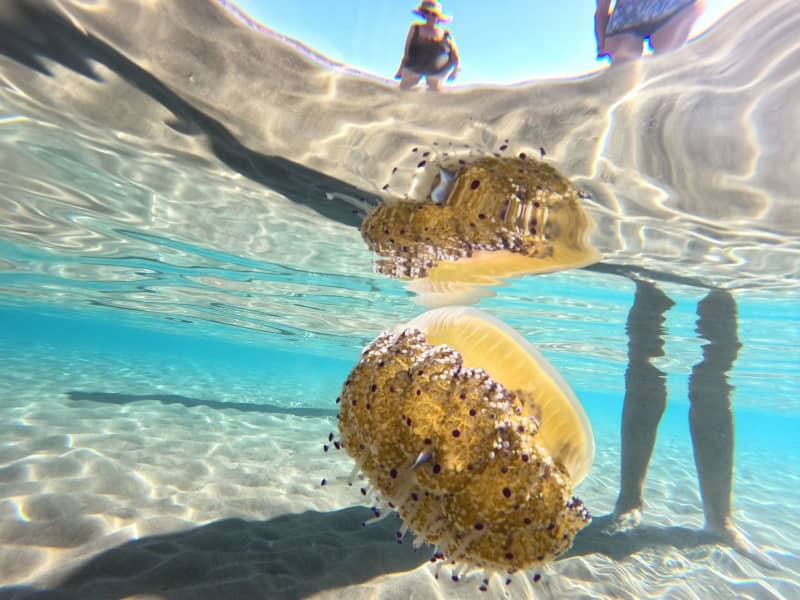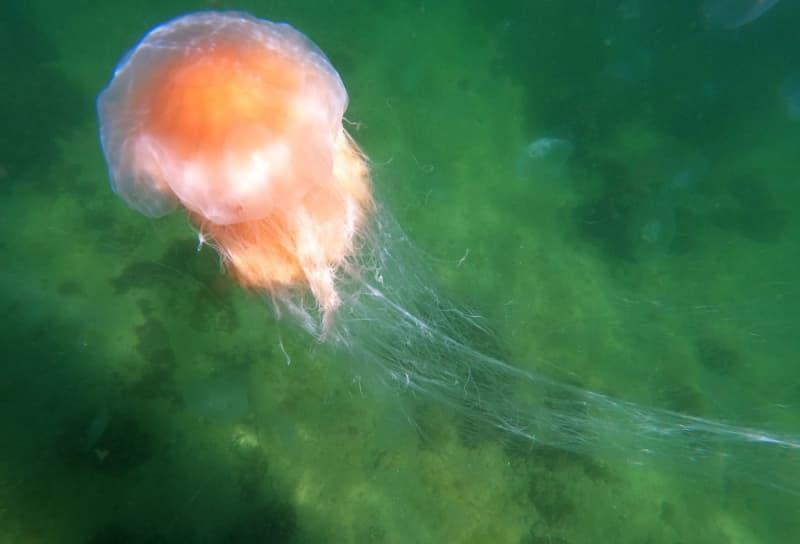Why climate change means more jellyfish stings for ocean swimmers

Jellyfish, unlike many other sea creatures, are the winners of climate change.
In a sign of the poor state of the world's oceans, jellyfish are set to penetrate further and further into the Arctic Ocean and dominate those areas as water temperatures rise, new research shows.
Jellyfish stings have grown increasingly common in recent years, and things are expected to get worse for coastal swimmers, going by research at the Alfred Wegener Institute (AWI) in Germany's Bremerhaven.
The researchers used a computer model to expose eight Arctic jellyfish species to the kinds of rising water temperatures expected as a result of climate change.
The result, with one exception, was that all of the analysed species could significantly expand their habitat towards the Arctic between 1950 and 2014 and between 2050 and 2099.
The lion's mane jellyfish - one of the largest stinging jellyfish - is among those spreading northwards in great numbers, according to the study, published in the journal Limnology and Oceanography. "It could almost triple its habitat," says AWI marine biologist Charlotte Havermans.
Only one of the studied species (Sminthea arctica) recorded a decline (by 15%), since it retreats to colder depths at higher temperatures.
Jellyfish are also set to benefit from overfishing, and if climate change exerts further stress on marine life, cnidarians (which include jellyfish) can often prevail against rivals such as fish, lead author Dmitrii Pantiukhin says.
In Svalbard, the helmet jellyfish has already taken over an entire fjord, emphasised Havermans. "Many jellyfish feed on fish larvae and eggs, thus delaying or preventing the recovery of pressurised fish populations, which are usually also heavily managed by humans," says Pantiukhin.
Scientists have already been ringing alarm bells about the impending global "squeezing" of the planet's oceans.
This can also be seen in the fact that over the last 15 years, people in the Mediterranean have been affected more frequently by jellyfish stings, said Havermans. However it is still unclear what effect the advance of the cnidarians northwards will have on Arctic fish stocks.
"There is much to suggest that important Arctic fish species such as the polar cod, whose larvae and eggs are often eaten by jellyfish, will come under even greater pressure," said Havermans.


